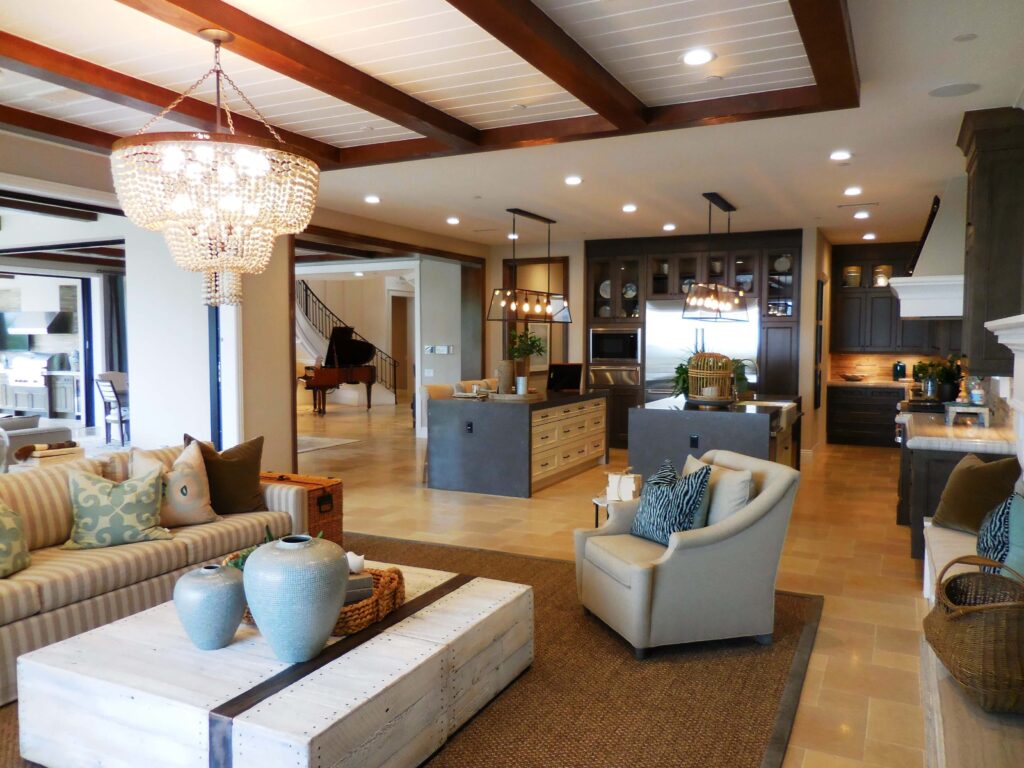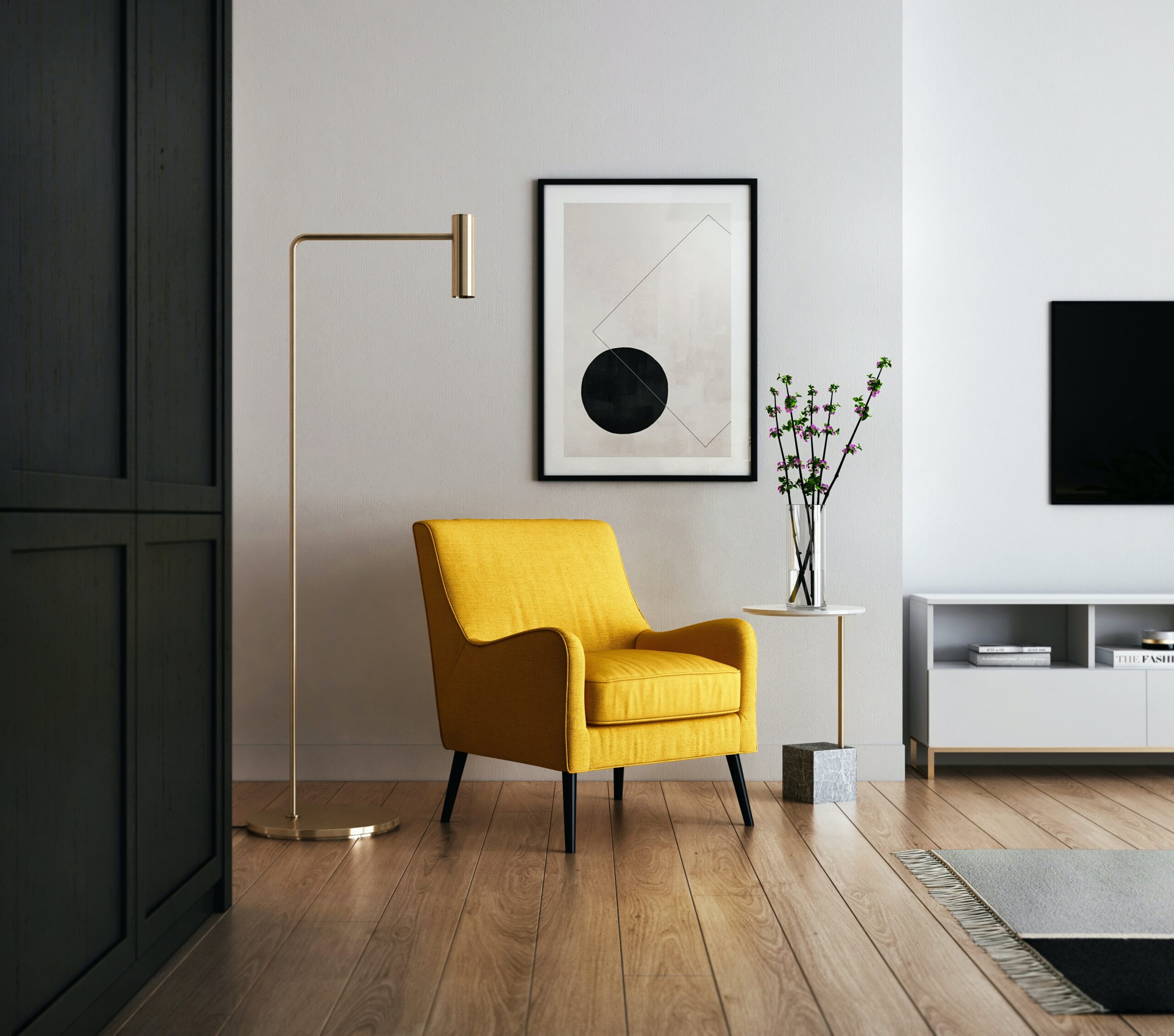Saving money on interior design doesn’t mean compromising on style or quality. With strategic planning and careful decision-making, you can create a stylish and functional space while staying within your budget. Here are some tips to help you save money on interior design:
- Set a Realistic Budget:
- Determine a realistic budget for your interior design project. Be clear about your spending limits and prioritize your design goals.
- Prioritize Your Needs:
- Identify the most important aspects of your project. Prioritize the areas where you want to invest more money and those where you can save.
- Do-It-Yourself (DIY) Projects:
- Consider taking on some DIY projects, such as painting furniture, creating art, or installing simple fixtures. This can save on labor costs.
- Shop Smart for Furniture:
- Look for budget-friendly furniture options, such as shopping at thrift stores, online marketplaces, or during sales. Consider refurbished or pre-owned furniture for cost savings.
- Repurpose Existing Furniture:
- Instead of buying new furniture, consider repurposing or refinishing existing pieces. A fresh coat of paint or new hardware can give old furniture a new life.
- Explore Budget-Friendly Materials:
- Opt for cost-effective materials that mimic more expensive options. For example, laminate flooring that resembles hardwood can be more budget-friendly.
- Mix High and Low-End:
- Combine high-end and budget-friendly items to create a balanced and stylish look. Splurge on key pieces that make a statement, and complement them with more affordable accents.
- DIY Paint and Wallpaper:
- Save on labor costs by painting walls or applying wallpaper yourself. This can be a cost-effective way to refresh the look of a room.
- Shop Secondhand or Discount Stores:
- Explore secondhand stores, thrift shops, and discount retailers for decor items, accessories, and furnishings. You might find unique pieces at a fraction of the cost.
- Comparison Shop for Materials:
- Obtain quotes from multiple suppliers for materials such as flooring, tiles, and countertops. Comparison shopping can help you find the best prices.
- Limit Customization:
- Minimize the level of customization, as bespoke items can be more expensive. Consider pre-made or modular furniture and fixtures.
- Focus on Key Areas:
- Concentrate your design efforts on key areas that have the most impact, such as the living room or kitchen. This allows you to allocate your budget where it matters most.
- Use Free or Affordable Design Tools:
- Explore online tools and apps that offer free or affordable design assistance. Virtual design tools can help you visualize the layout and decor choices before making purchases.
- Shop Seasonal Sales:
- Take advantage of seasonal sales and promotions to purchase furniture, decor, and materials at discounted prices.
- Work with a Design Consultant:
- If hiring a full-service interior designer is beyond your budget, consider working with a design consultant for hourly advice and guidance.
Remember to communicate openly with your designer or consultant about your budget constraints, and be open to exploring creative and cost-effective solutions. Prioritizing your spending and making informed choices will help you achieve a stylish and personalized space without breaking the bank.

